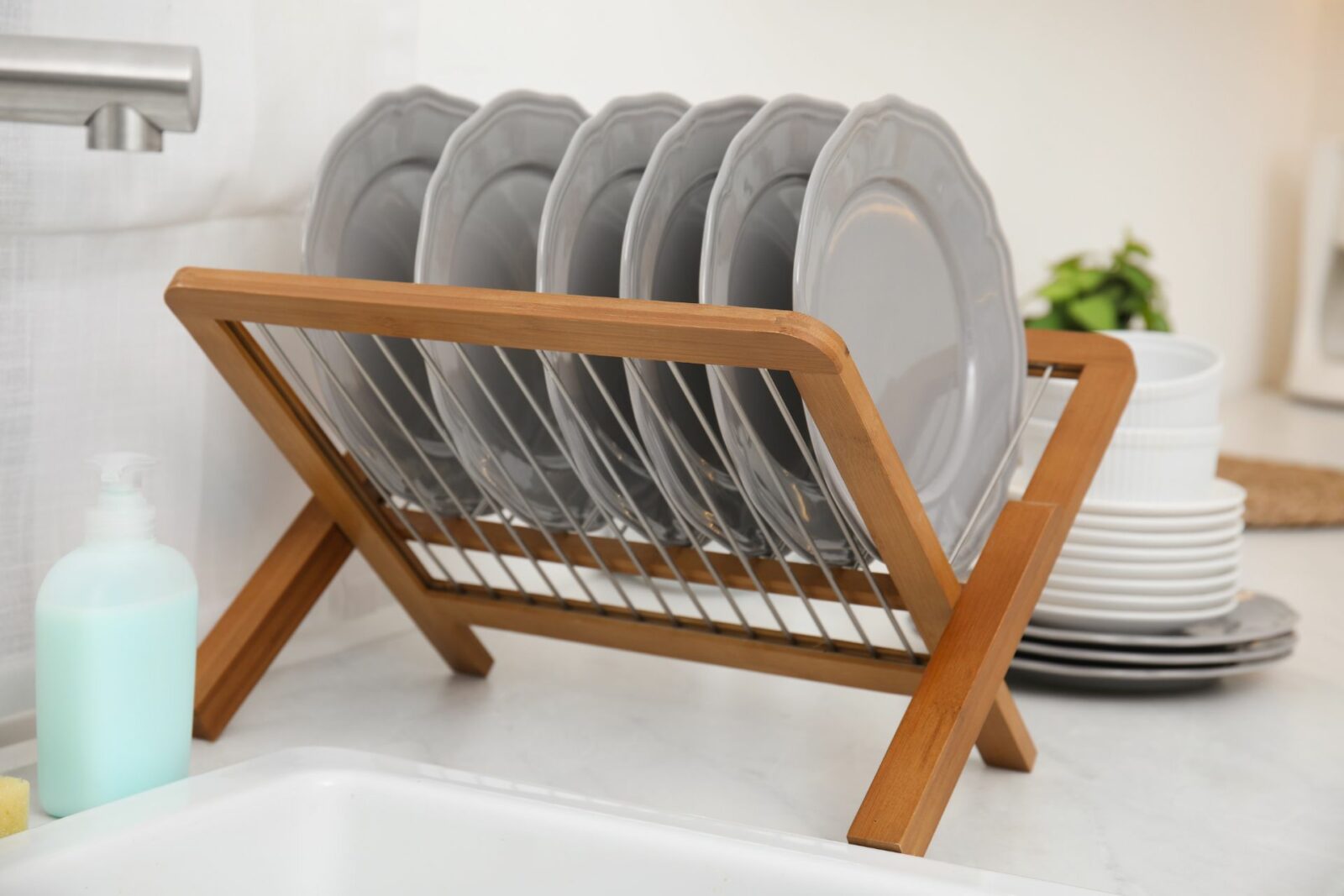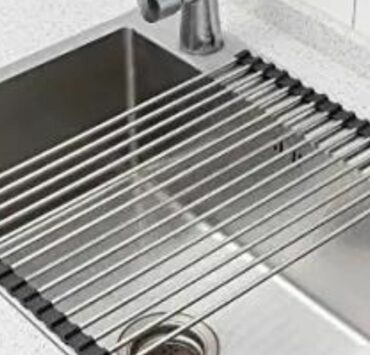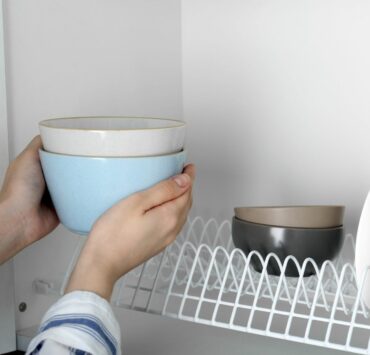Are you struggling to dry dishes in a small space? Look no further than a small dish drying rack! Also known as a dish strainer, this compact yet essential kitchen tool will make your life so much easier. While a dish drying rack may not be necessary for everyone, it can significantly improve the efficiency of your kitchen setup. So, let’s dive into the world of small dish drying racks and explore how they can help you make the most of your limited kitchen space.
Why Choose a Small Dish Drying Rack?
Space-saving design
A small dish drying rack is specifically designed to fit into tight spaces. It allows you to dry your dishes without taking up too much valuable counter space. This compact solution is perfect for those living in small apartments or with limited kitchen storage.
Enhanced organization
With a dish drying rack, you can keep your dishes organized while they dry. The rack usually features separate compartments for plates, cups, and utensils, making it easy to find what you need when it’s time to put everything away.
Improved hygiene
A small drying rack can promote better hygiene in your kitchen. By allowing your dishes to air-dry, you can avoid the risk of contamination from using a dirty dish towel. Plus, many dish drying racks come with a drip tray to catch excess water, keeping your countertops clean and dry.
Types of Small Dish Drying Racks
Over-the-sink dish drying rack
An over-the-sink drying rack is a space-saving option that fits directly over your sink. It eliminates the need for a separate drip tray and keeps your countertops clutter-free. This type of rack is perfect for those with limited counter space.
Foldable dish drying rack
Foldable dish drying racks can be easily collapsed and stored when not in use. They’re an ideal choice for those who prefer a minimalist kitchen or need to conserve space. Simply unfold the rack when you need to dry dishes and fold it back up when you’re done.
Wall-mounted dish drying rack
A wall-mounted dish rack can be installed on a wall or under a cabinet, freeing up valuable counter space. This type of rack is perfect for those with small kitchens who want to make the most of their vertical space.
How to Dry Dishes Without a Dish Rack
Use a dish towel
If you don’t have a drying rack or you’re in a pinch, you can always use a clean dish towel to dry your dishes. Lay the towel flat on your counter, and place your clean, wet dishes on top. Make sure to replace the towel with a fresh one as needed to maintain proper hygiene.
Employ a drying mat
Drying mats are another alternative to drying racks. They’re typically made from absorbent materials like microfiber and can be easily stored when not in use. Simply place the mat on your counter, and arrange your wet dishes on top to dry.
Get creative with household items
In a pinch, you can get creative with household items to dry your dishes without a dish rack. For example, you can use a cooling rack meant for baked goods as a makeshift drying rack. Just make sure to place a towel or tray underneath to catch any drips.
Choosing the Right Small Dish Drying Rack for Your Needs
Assess your space
Before selecting a dish drying rack, measure your available counter or sink space to ensure the rack will fit. Take note of any obstructions, like a faucet or window, that may impact your choice.
Consider your dishwashing habits
Think about how often you wash dishes and the number of dishes you typically need to dry. This will help you determine the size and capacity of the drying rack that will best suit your needs.
Check for additional features
Some small drying racks come with extra features like utensil holders, adjustable compartments, or built-in cutting board holders. Consider which of these features may be useful in your kitchen and prioritize them when making your decision.
Caring for Your Small Dish Drying Rack
Regular cleaning
To maintain the cleanliness and functionality of your drying rack, make sure to clean it regularly. Wipe down surfaces and compartments with a damp cloth and mild
soap. For racks with removable parts, disassemble and clean each part separately to ensure thorough cleaning.
Prevent mold and mildew
To avoid mold and mildew growth, ensure your drying rack is properly ventilated and allowed to dry completely between uses. If your rack has a drip tray, empty and clean it regularly to prevent standing water.
Store it properly
If you have a foldable or collapsible drying rack, make sure to store it in a dry, cool place when not in use. This will help extend its lifespan and keep it in optimal condition.
FAQ Section
Q: How do you dry dishes in a small space?
A: Use a small drying rack designed to fit into tight spaces, opt for an over-the-sink or wall-mounted rack, or consider foldable options that can be stored when not in use.
Q: What is the dish drying rack called?
A: A small drying rack is also known as a dish strainer.
Q: Is a dish drying rack necessary?
A: While not necessary for everyone, a dish drying rack can improve kitchen efficiency, organization, and hygiene.
Q: What is a dish strainer?
A: A dish strainer is another term for a dish drying rack – a tool used to hold and air-dry dishes, cups, and utensils.
Q: How can I dry my dishes without a dish rack?
A: You can use a clean dish towel, a drying mat, or get creative with household items like cooling racks.
Conclusion
In conclusion, a small drying rack can be a game-changer for those with limited kitchen space. Not only does it save valuable counter space, but it also helps to keep your kitchen organized and hygienic. With various types and styles to choose from, you’re sure to find the perfect drying rack for your needs. So, say goodbye to cluttered countertops and embrace the convenience and efficiency of a small dish drying rack today!








